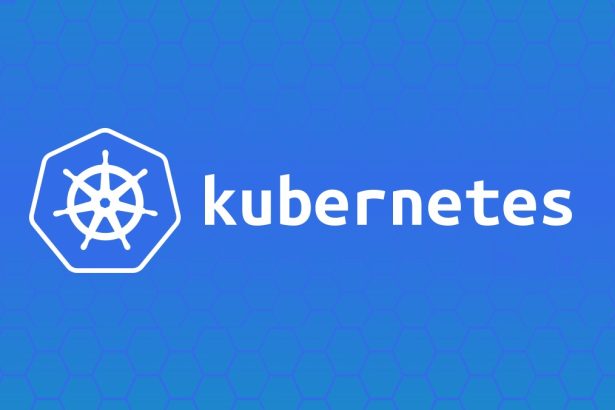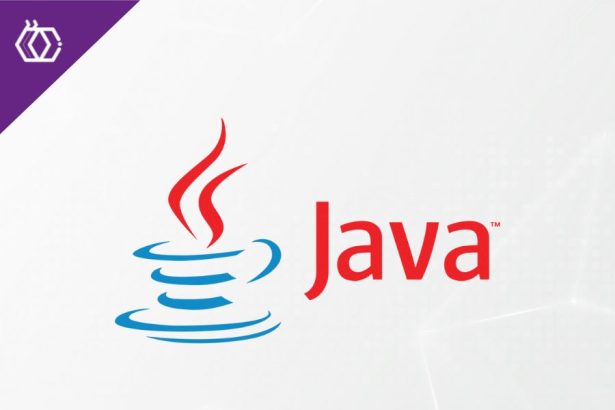Spring Boot has become a game-changer for modern web development, offering a simplistic yet powerful way of building and deploying Java-based web applications. For developers aiming to build scalable, flexible REST APIs, Spring Boot is the go-to framework in 2025. Its seamless configurations, embedded web servers, and rich ecosystem of tools make it a favorite among beginners and seasoned developers alike.
This crash course will walk you through the basics of Spring Boot, focusing specifically on creating REST APIs. You’ll learn about Controllers, HTTP methods like GET and POST, and the essential configurations needed to get your API running. Practical code snippets and actionable tips will ensure that you’re ready to start building RESTful services with confidence.
Table of Contents
1. What is Spring Boot and Why is It Important?
Spring Boot simplifies the process of developing Java-based web applications by eliminating boilerplate code and reducing the complexities of configuration. It builds on the Spring Framework but enhances it with an auto-configuration mechanism, making it incredibly beginner-friendly.
Why is Spring Boot Essential in 2025?
- Speed: You can bootstrap an entire application in minutes using Spring Boot’s embedded servers like Tomcat or Jetty.
- REST API Support: Provides robust tools for building RESTful services out of the box.
- Microservices-Friendly: Ideal for designing modern, microservices-based architectures.
- Extensive Ecosystem: Open-source libraries and wide community support make it a reliable choice for all types of developers.
By mastering Spring Boot, you’re unlocking the ability to develop cloud-ready web services with minimal effort.
2. Getting Started with Spring Boot
Before writing any code, you need to set up your Spring Boot environment effectively.
Starting a Spring Boot Project
The quickest way to get started is by using Spring Initializr, a web-based tool that helps you generate a Spring Boot project.
- Visit Spring Initializr.
- Choose your build tool (Maven or Gradle) and language (Java, Kotlin, or Groovy). For this guide, we’ll use Maven and Java.
- Add the following details for the project:
-
- Group ID:
com.example - Artifact ID:
rest-api-demo - Dependencies: Spring Web
- Group ID:
- Download the project as a zip, extract it, and open it in your favorite IDE (IntelliJ IDEA, Eclipse, or VS Code).
Run the project using the command:
mvn spring-boot:run
Your application will be up and running at http://localhost:8080.
Essential Dependencies
Make sure your pom.xml file includes these key dependencies:
<dependency>
<groupId>org.springframework.boot</groupId>
<artifactId>spring-boot-starter-web</artifactId>
</dependency>
The spring-boot-starter-web dependency sets up everything you need for web and REST API development.
3. Building REST APIs in Spring Boot
To build REST APIs in Spring Boot, you’ll primarily use Controllers and annotations like @RestController, @RequestMapping, @GetMapping, and @PostMapping.
Understanding Controllers
Controllers are at the heart of a Spring Boot application. They handle HTTP requests and return responses.
- RestController: Used to create REST APIs. This is a combination of
@Controllerand@ResponseBody. - RequestMapping: Maps web requests to handler methods.
For instance:
@RestController
@RequestMapping("/api")
public class UserController {
@GetMapping("/users")
public String getUsers() {
return "List of Users";
}
}
Using HTTP GET and POST Methods
GET Requests
Used to retrieve data. Think of it as asking for information (e.g., fetching user details).
POST Requests
Used to send new data to the server. For example, adding a new user or creating a resource.
4. Practical Examples with Code
Creating a Basic Controller
Here’s a minimal UserController.java to handle basic requests:
@RestController
@RequestMapping("/api/users")
public class UserController {
@GetMapping
public String getAllUsers() {
return "Returning all users";
}
@PostMapping
public String createUser() {
return "Creating a new user";
}
}
GET Request Example
To fetch all users, use the following method:
@GetMapping
public List<String> getAllUsers() {
return List.of("Alice", "Bob", "Charlie");
}
When accessing http://localhost:8080/api/users, the API will return:
["Alice", "Bob", "Charlie"]
POST Request Example
To handle POST requests (e.g., adding a new user):
@PostMapping
public ResponseEntity<String> createUser(@RequestBody User user) {
// Example Logic
return ResponseEntity.ok("User " + user.getName() + " created successfully!");
}
User.java (Data Model):
public class User {
private String name;
// Constructor, Getters and Setters
}
When posting data like:
{
"name": "Dave"
}
The response:
User Dave created successfully!
5. Tips for Mastering Spring Boot
- Understand Annotations: Focus on learning key annotations like
@RestController,@GetMapping, and@RequestBody. - Experiment Locally: Use tools like Postman to test APIs.
- Validate Input: Use
javax.validationfor verifying inputs to your API. - Learn Error Handling: Implement global exception handlers with
@ControllerAdvice.
6. FAQs About Spring Boot & REST APIs
1. What is the difference between Spring Framework and Spring Boot?
Spring Boot simplifies the development process by reducing configuration. It comes with embedded servers and auto-configuration features.
2. Can I use Spring Boot for large-scale applications?
Yes, Spring Boot is highly scalable and suitable for enterprise-level applications.
3. How do I test my REST APIs?
Use tools like Postman or write test cases with Spring Boot Test.
By mastering Spring Boot, you’re on your way to becoming a pro at building clean, scalable, and robust REST APIs. Start experimenting with the code examples above and keep exploring more features of Spring Boot. Happy coding!


